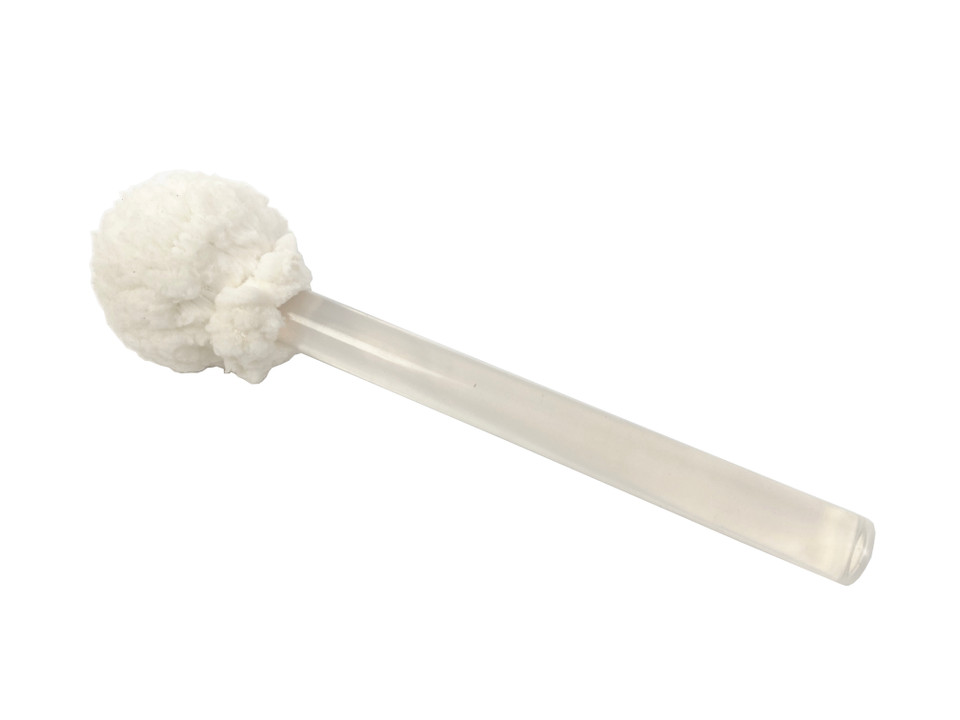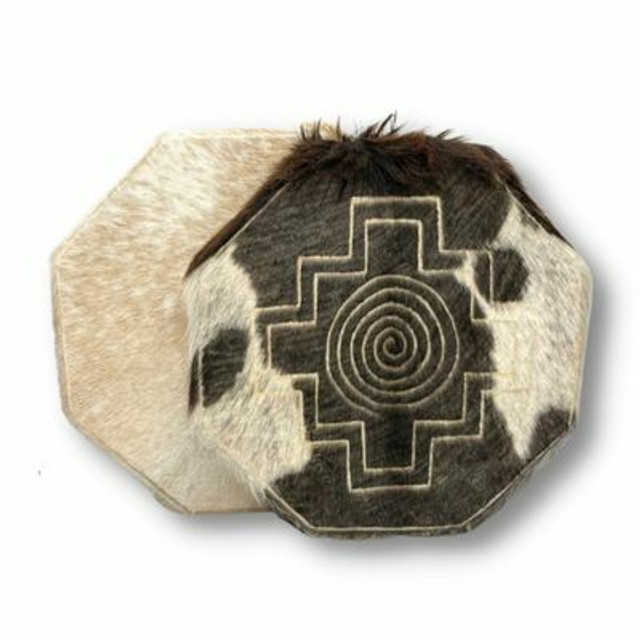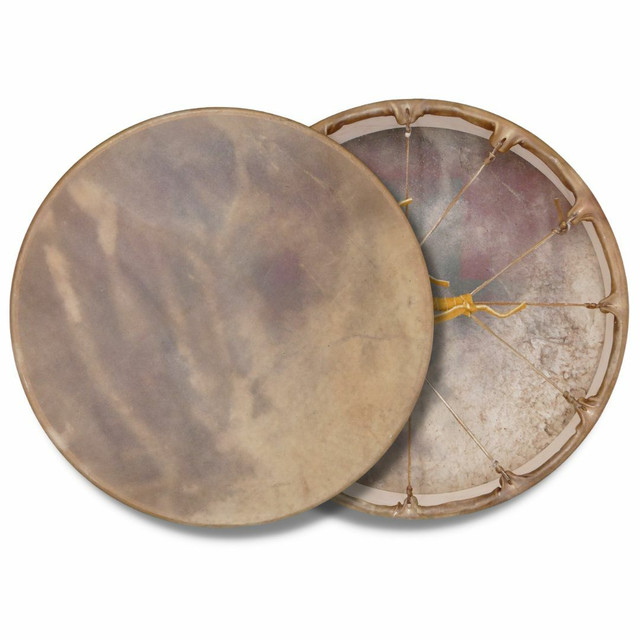Selecting by Pitch (Tone)
Pitch is the frequency of sound emitted by each bowl. Each bowl has one fundamental pitch it resonates in, whether struck, or ‘sung.’ Some non-musicians confuse pitch with “tone,” which is actually a characteristic of the voice of the instrument, not the frequency. A smaller bowl, in general, emits a higher frequency, or pitch. A larger bowl, in general, emits a lower pitch. If you have no idea where to start with a bowl, we recommend a middle C or D Frosted Bowl (12-14”,) or E, F, or G Handle Bowl (6-7” sizes.) • If I had one choice, I would decide if I wanted a Frosted Bowl, or Handle Bowl, and choose either a 12” D or C Frosted Bowl, or a 6” or 7” F or G Handle Bowl. Either of these choices will satisfy the vast majority of bowl players, and their wishes and needs, especially first time players,” says Zacciah Blackburn, PhD, Director of Education for the International Sound Healing Network, and Owner of Sunreed Instruments.
Not all pitches are available in each size, and choices can vary considerably, regularly, according to the current supply of bowls. For more information, read on. For most people, the pitch of a bowl is not as important as the size, unless they have a specific need of, or interest in, the specific musical note of a bowl, or, they want to work with a particular Chakra associated with the pitch of the bowl.
In general, the primary point of focus, for most players, is, first, the ease of playing and loudness of the bowl, which the size primarily determines, followed by whether you want a higher pitch, medium, or deeper pitched bowl. In general, most people will be very happy with the pitch, and voice (quality of sound,) of a 10-14” Frosted Bowl, or 6-8” Handle Bowl. You can select a fairly wide range of pitches within this range of bowl types and sizes. These will fall in the range of an “A” below middle C, to a “G” above middle C. (Smaller hands will want only a 6” or 7” handle bowl, due to weight of the bowl, as you have to hold it. The Frosted Bowls sit on a table or floor surface, so this is not an issue with them.) Also, every pitch is not available in every size of a bowl. If you want a specific pitch, you will have to determine which pitch is available in which size and type of bowl. For deeper pitches, and the largest sound from a bowl, look at larger sizes. For higher pitches, look for the smaller size bowls.
More in Depth Information on How to Select by Pitch In order to fully understand how one might select by the Pitch of a bowl, we will need to insure we understand some basics about pitch and frequency, and the manufacture of the Crystal Bowls. There is, also, some confusion and misunderstanding about the specificity of pitches, as well as each pitch’s association with Chakras, which we wish to clarify. The Crystal Bowl industry does not currently have the ability to specifically control the pitch of most bowls, when manufactured. Each bowl size may come out in a wide variety of pitches. There are frequently at least 4 different pitches available in each bowl size. However, it is important to note most of these are not ‘exact’ pitches. And, the actual pitches of most bowls vary widely from ‘exact.’ Also, every pitch is never available in every size of bowl. If you want a specific pitch, you will have to determine which pitch is available in which size and type of bowl. In order to further understand this, we will, also, need to provide a little musical education.
The standard western scale of music is comprised of 12 pitches, with a thirteenth note often included. This 13th note is the “higher octave” of the first note. So, we will speak about 13 musical notes in our description of the scale. Each note is a particular frequency. Based on the International Standard of tuning, middle A, in the main clef of our musical scale, above middle C, resonates at 440 Hertz, or cycles per second. This is its frequency, or pitch. (Add sound byte with A pitch.) Our primary scale, based on A440, which is the International Standard of pitch, begins at middle C. Middle C resonates at 256 hertz, and continues to the octave above that, high C, resonating at 512 hertz. This makes high C twice as high, or resonating at twice the frequency, of middle C. This is true for each ‘octave’ note. We then break down the steps of this basic octave of notes, from middle C to high C, into half steps, or increments. These half steps are C, C#/Db, D, D#/Eb, E, F, F#/Gb, G, G#/Ab, A, A#, Bb, B, C. On a scale, they look like this: image of scale The ‘#/b’ symbols, represent a sharp or flat, which is halfway between each note. Notice there are no #’s or b’s between E and F, and B, and C. This, simply, is how the increments of the notes originate, and are defined, in our system of music. A C# and Db are the same note, halfway between C and D. We list them as #/b, because you may see these listed either way in various descriptions of the scale, or individual notes. There have been uneducated people in the Crystal Bowl industry, actually describing these as two different notes. They are not. They are the same note. So, you have 12 possibilities in pitch, though we include the 13th “high C” to complete a full octave of notes. In reality, your bowl may be in a higher or lower octave, even though labeled C, A, or any other note, depending on its size.
IN GENERAL the 10” to 14” Frosted bowls, and 5” to 9” Handle Bowls, will produce notes in the middle, and slightly lower, range of our scale, which is where most of us are comfortable listening. However, you may find a 5” or 10” bowl with notes in the upper range. Ask us for clarification, if needed, before ordering. The notes produced from this range of bowls will fall, generally, from a low A or B, (just below middle C, to middle G, above middle C. Most people enjoy the ranges of low A or B, to middle G. They are pleasing to mind, body, and ear. You can see which Chakras these represent here. Once we get above these notes, many of us will feel the notes are ‘too high,’ at least for our first and only bowl. There are many reasons for choosing higher or lower bowls. And, there are subjective differences in how we perceive and enjoy different ranges of notes.
Recommendations In general, we recommend the pitches of middle C, D, E, or F, followed by G. We find these pitches will satisfy the wishes and needs of most players of the bowls, especially, in just starting out.
Selecting Other or Additional Pitches If you have specific reasons for purchasing more than one bowl, you might wish to consult with us for which bowls will work best together. In general, we recommend you select additional bowls with the same ‘cents’ range as your current bowl, or other bowls you are selecting (within 10 cents of each bowl.) This will be described as ‘+’ or ‘-‘ 35, 42, 21, etc., etc. Or, “M” for – and “P” for +. This allows your bowls to be played together with a more natural harmonious sound.
The Perfect Fifth A very good method of picking additional bowls, is to pick bowls with natural harmonic intervals which sound good to you. For instance, “the Perfect Fifth,” is considered an extraordinarily positive and powerful interval in music. It is used in compositions all the time, when composers wish to engender uplifting or harmonious feeling states, states of peace, or wonder, etc. It is a natural harmonic. Modern scientific research is showing it can bring the mind/body into ‘homeostasis’, a natural state of balance that causes deep relaxation, spontaneous healing, etc. The perfect fifth might be a combination of C and G, A and D, or other increments we can help identify for you. A “third’ or ‘fourth’ can also be an appealing increment. This might be C and E or C and F, as examples.
Healing Sounds There is growing research on the nature of these bowls, and how they can assist in the healing process. Some medical doctors are even finding significant improvement in cancer recovery and other disease, with simple use of bowls and other mind/body techniques. If you want more than one bowl, to simply relax in, or enter states of deeper healing, or wakefulness, the perfect fifth is an excellent starting place. Ask us for additional combinations of bowls, especially if you wish to have more than two bowls. If you wish to understand about using the bowls in relation to the chakra system.
Musical Orientation The type of music you like to listen to, or play along with the bowls, if this is part of your intent, can be the foundation of which bowls you select. Jazz is often composed in Bb or Eb, Indian music in D, A, or C, for instance. Ask us for help if this is a consideration. There are bowls associated with the pitch of “Om”, and other cultural understandings. Any of these types of associations can be defined or approached through use of the bowls.
More Information - Related Articles
What is the best note for a crystal singing bowl?
What is the best crystal singing bowl set?

























